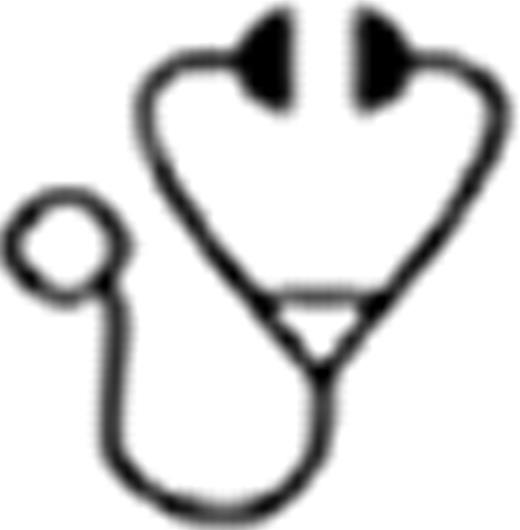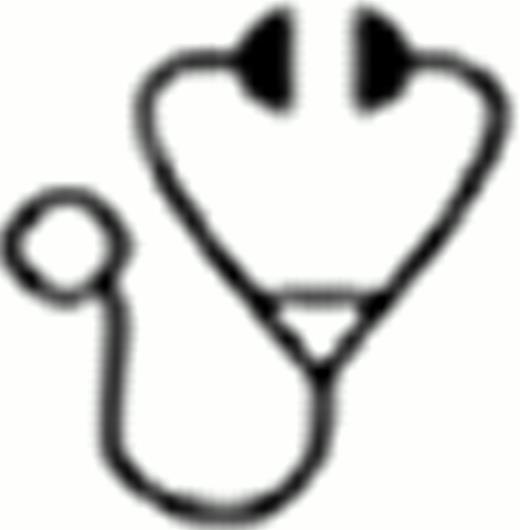Abstract
In patients with newly diagnosed acute myeloid leukemia (AML) rapid achievement of remission by induction chemotherapy is an important predictor for long-term disease control. In turn, patients who fail to attain early blast clearance after the first chemotherapy course have an inferior outcome. Here, we investigated the impact of early blast clearance on the overall outcome of patients with AML undergoing allogeneic stem cell transplantation (alloSCT) in first complete remission (CR1) as consolidation therapy.
169 (90 female, 79 male) patients with AML who underwent alloSCT in CR1 at our center between 1994 and 2011 were included. Data were prospectively recorded in our transplant data base and retrospectively analyzed as of December 31st, 2011. In detail, 107 patients (64%) had de novo AML, 31 patients (18%) had AML evolving from myelodysplastic syndrome (MDS), and 31 patients (18%) had therapy-related AML. According to the criteria of the SWOG/ECOG, cytogenetic risk was either favorable (6 patients, 4%), intermediate (104 patients, 62%), or poor (47 patients, 27%). Prior to alloSCT all patients were treated in a German multicenter AML trial and received at least two courses of induction chemotherapy, i.e. either standard “7+3” (daunorubicin 60 mg/m2, day 3–5 and Ara-C 100 mg/m2, day 1–7) or a “high-dose Ara-C” containing regimen (Ara-C 1–3 g/m2). In 98 patients (58%) induction chemotherapy resulted in blast clearance after the first course, whereas 71 patients (42%) failed to achieve early remission, but entered remission after 1 or 2 subsequent courses. Median age at transplantation was 47 years (range: 17–69 years). In 146 patients (86%) alloSCT was performed using peripheral blood stem cells (PBSCs), whereas 23 patients (14%) received a bone marrow (BM) graft. Conditioning consisted of standard myeloablative conditioning (MAC: 6 × 2 Gy TBI and 2 × 60 mg/m2 cyclophosphamide) in 81 patients (48%), whereas 86 patients (52%) received reduced intensity conditioning (RIC: busulfan 2 × 4 mg/kg, fludarabine 6 × 30 mg/m2 and ATG 4 × 10 mg/kg). A matched related donor was available in 82 patients (49%), whereas 68 patients (40%) or 19 patients (11%) were transplanted from a matched-unrelated or mismatched unrelated donor.
After a median follow-up of 45 months (range: 3–196 months) for the surviving patients, 91 patients (54%) are alive and in continuous remission. Causes of death were relapse in 38 patients (22%) or NRM in 33 patients (19%). At 1, 3 or 5 years projected overall survival (OS) was 72±6%, 58±6%, or 54±8% for all patients. Probability of relapse or non-relapse mortality (NRM) at 1, 3, and 5 years was 20±10% (20±11%), 31±12% (20±11%), and 34±12% (20±11%). Although there was no statistically significant difference in OS at 3 and 5 years between patients who achieved early blast clearance as compared to patients who failed to do so (p=0.09), disease-free survival (DFS) and probability of relapse differed significantly between the two groups at 3 years (77±8% vs 55±14%) or 5 years (75%±9% vs 52%±14%) following alloSCT (p=0.02). There was no significant difference in NRM between the two subgroups. Likewise, there was no statistically significant difference between patients conditioned with either MAC or RIC. In multivariate analysis cytogenetic risk group and remission status were identified as independent prognostic factors for DFS and probability of relapse.
These results suggest that in patients with AML undergoing alloSCT in CR1 early blast clearance, i.e. following the first course of induction chemotherapy, predicts a very favorable outcome.
No relevant conflicts of interest to declare.

This icon denotes a clinically relevant abstract
Author notes
Asterisk with author names denotes non-ASH members.


This feature is available to Subscribers Only
Sign In or Create an Account Close Modal